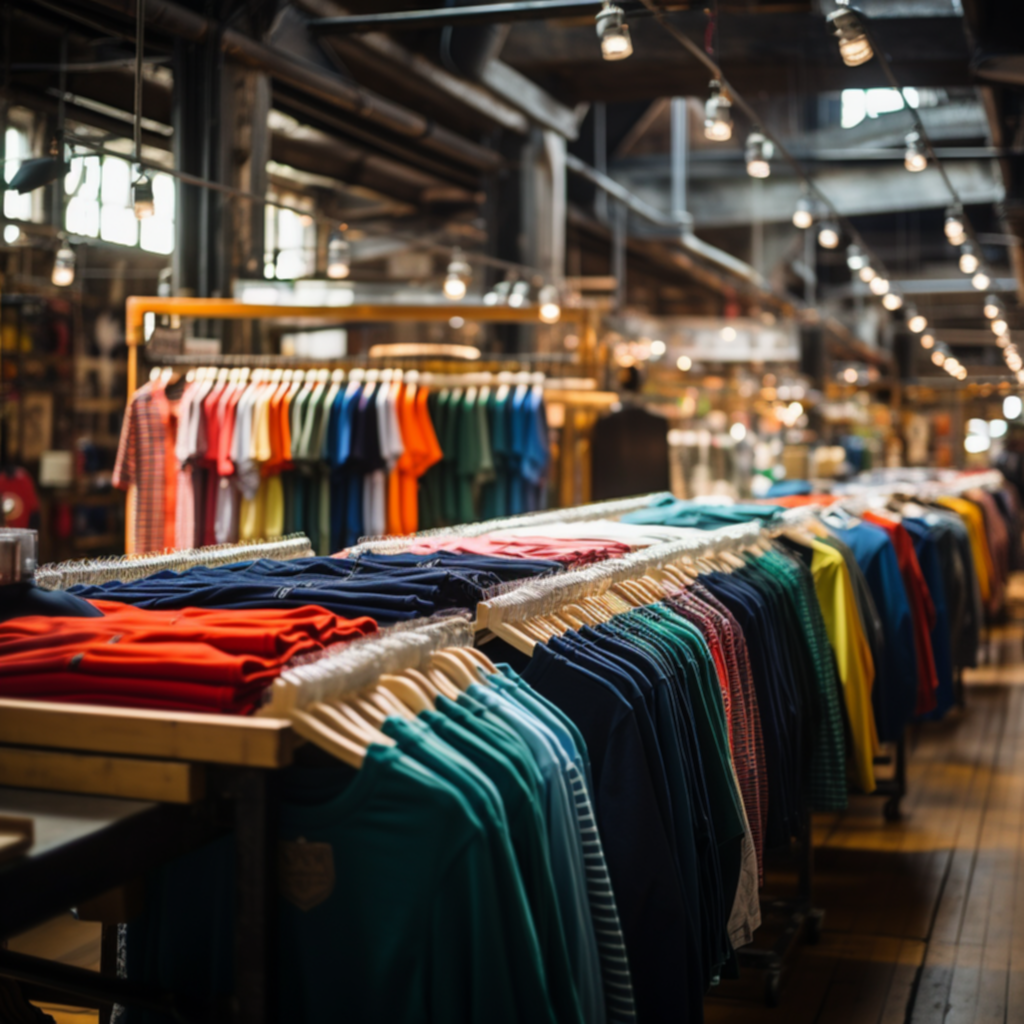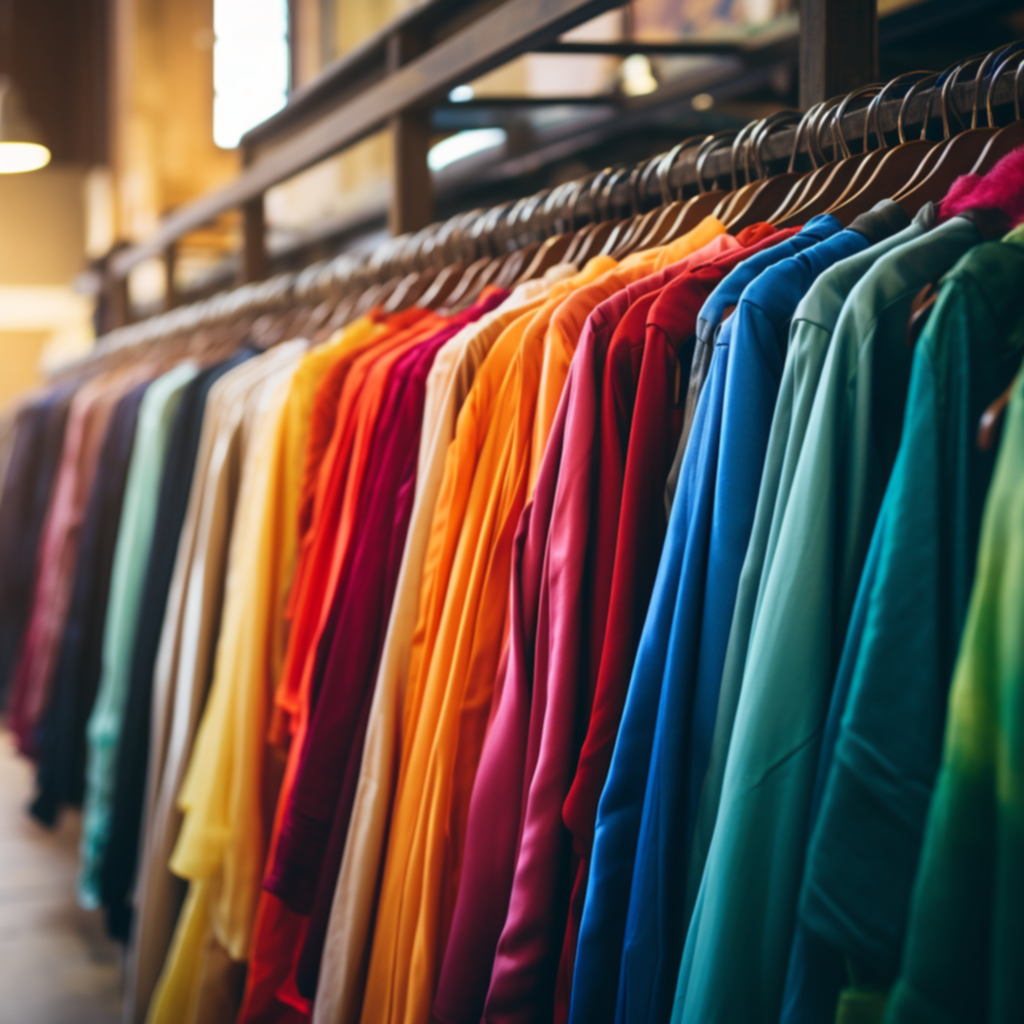Choosing Your Path in the Clothing Industry: Manufacturing, Wholesaling, or Print on Demand?


Clothing is a fundamental need, driving a massive industry that involves design, production, distribution, and sales. Over the years, the industry has morphed and evolved to offer varied methods of bringing apparel to the consumer. Three major avenues—manufacturing, wholesaling, and print on demand—have taken center stage. Each method comes with its distinct set of advantages and challenges. For those looking to venture into the world of fashion and apparel or those merely curious, understanding these dynamics is vital. This article dives deep into these methods, shedding light on their pros and cons, and offering insights on which might be the best fit for different entrepreneurial aspirations.
Manufacturing Clothing: An Overview
The traditional clothing production method, manufacturing is the process of creating apparel from scratch, based on predetermined designs. It usually involves bulk production, where a substantial quantity of similar items are produced at once.
2.1 Pros of Manufacturing Clothing
- Economies of Scale: The larger the number of units produced, the lower the cost per unit, offering potential for higher profit margins.
- Quality Control: Having control over the entire manufacturing process ensures consistent quality in the end product.
- Customization: Allows for unique designs, ensuring brand distinction in the market.
- Bulk Inventory: Ample stock means fewer chances of running out of popular items, ensuring consistent availability for customers.
2.2 Cons of Manufacturing Clothing
- High Initial Investment: Setting up manufacturing processes requires a significant capital outlay for machinery, raw materials, and labor.
- Risk of Overproduction: Producing in bulk might lead to excess unsold inventory, tying up capital and incurring storage costs.
- Longer Time to Market: Designing, producing, and distributing manufactured clothes can be time-consuming.
- Environmental Concerns: Manufacturing can be resource-intensive and may raise environmental and sustainability concerns if not managed responsibly.
Wholesaling Clothing: Diving Deeper
Wholesaling involves purchasing large quantities of clothing from manufacturers and then reselling them, typically to retailers, in smaller batches.
3.1 Pros of Wholesaling Clothing
- Volume Sales: Selling in bulk can lead to quicker revenue generation.
- Less Marketing Effort: The primary target audience is retailers, not end consumers, which can simplify marketing strategies.
- Stable Demand: Establishing contracts with retailers can ensure a consistent demand.
- Inventory Turnover: Quick bulk sales can lead to faster inventory turnover, freeing up capital.
3.2 Cons of Wholesaling Clothing
- Lower Profit Margins: Wholesalers typically operate on thinner margins, given the competition and the bulk nature of sales.
- Dependence on Retailers: A significant portion of the business relies on the demand from retailers.
- Inventory Risks: Unsold inventory can lead to markdowns or write-offs.
- Limited Control Over Branding: The final presentation and sale to the end consumer are typically out of the wholesaler's hands.
Print on Demand Clothing: The Modern Approach
Print on Demand (PoD) is an innovative approach to clothing sales. Rather than producing in bulk, PoD allows for individualized creation of items as and when an order is received. It's a model that relies heavily on digital technologies and offers a different set of dynamics compared to traditional manufacturing or wholesaling.
4.1 Pros of Print on Demand Clothing
- Minimal Start-Up Costs: Unlike traditional manufacturing, there's no need for a hefty initial investment in machinery or bulk materials.
- No Inventory Risks: As products are only made when ordered, there's no risk of unsold inventory or associated storage costs.
- Flexibility in Design: Brands can easily update, add, or remove designs based on demand, trends, or seasons.
- Sustainable Approach: Producing only when an order is made reduces waste and is more environmentally friendly.
- Scalability: It's easier to start small and grow, as the model can easily adjust to increased order volumes.
4.2 Cons of Print on Demand Clothing
- Higher Unit Cost: Without the benefits of economies of scale, the cost per item is generally higher.
- Dependency on Third Parties: Most PoD models rely on third-party providers for printing and shipping, leading to less control over quality and delivery times.
- Longer Delivery Times: As products are created on-demand, the delivery time to the end customer might be extended.
- Potential Quality Variability: Depending on the third-party provider, there might be inconsistencies in product quality.
Comparing All Three: A Holistic View
Choosing the right distribution method is essential for businesses, and making an informed decision requires a comprehensive comparison. Let's put these three models side by side, evaluating them on common business factors.
1. Start-Up Costs:
- Manufacturing: High due to investments in machinery, materials, and labor.
- Wholesaling: Moderate, primarily tied to bulk purchasing of inventory.
- Print on Demand: Low, with minimal up-front costs and no inventory commitments.
2. Profit Margins:
- Manufacturing: Potentially high, thanks to economies of scale.
- Wholesaling: Typically thin, given the competition and bulk selling approach.
- Print on Demand: Varies but can be relatively high per unit, though often offset by higher production costs.
3. Control Over Production:
- Manufacturing: High, with control over materials, processes, and quality.
- Wholesaling: Limited, dependent on manufacturers.
- Print on Demand: Moderate to low, depending on the reliability of third-party providers.
4. Risk Profile:
- Manufacturing: High risks due to overproduction and tied-up capital.
- Wholesaling: Moderate risk, associated with unsold inventory and dependency on retailer demand.
- Print on Demand: Low, with virtually no unsold inventory risks.
5. Scalability:
- Manufacturing: Challenging, requires significant investment for scaling up.
- Wholesaling: Moderate, with a primary requirement being larger inventory purchases.
- Print on Demand: Highly scalable, adjusting to order volumes with relative ease.
6. Environmental Impact:
- Manufacturing: Potentially high, due to resource-intensive processes.
- Wholesaling: Moderate, largely linked to the manufacturing process.
- Print on Demand: Generally lower, as production is demand-based, reducing waste.
Through this comparison, we can discern that while traditional manufacturing might be well-suited for established brands with capital to invest and a focus on quality control, the print-on-demand model might be more attractive to budding entrepreneurs looking for a more scalable and risk-averse approach. Wholesaling sits somewhat in between, offering opportunities for those looking to bridge manufacturers and retailers.

Conclusion
The fashion and apparel industry offers diverse pathways for businesses, each with its unique set of challenges and advantages. While manufacturing provides unparalleled control and the benefits of scale, it demands significant investment and carries inherent risks. Wholesaling, bridging the gap between manufacturers and retailers, offers the advantage of volume but at thinner profit margins. On the other hand, print on demand offers a nimble approach for modern entrepreneurs, minimizing risk and granting the ability to adapt quickly to market trends. As with any business decision, it's essential to weigh these pros and cons against one's resources, goals, and risk tolerance. In the vast tapestry of the clothing industry, there's a place for each model, serving different niches and customer needs.
Frequently Asked Questions (FAQs)
1. What are the start-up costs associated with print on demand?
While the print on demand model has minimal up-front costs, expenses can include platform fees, design software, and marketing efforts to promote the brand.
2. Is wholesaling suitable for new entrants in the clothing industry?
Wholesaling can be challenging for newcomers without industry connections. It requires a keen understanding of market trends and establishing solid relationships with both manufacturers and retailers.
3. How can manufacturing be made more environmentally friendly?
Manufacturers can adopt sustainable practices like using eco-friendly materials, optimizing production processes to reduce waste, and investing in energy-efficient machinery.
4. Does print on demand ensure consistent product quality?
Quality in print on demand can vary, depending on the third-party provider. It's essential to research and select reputable partners to maintain consistency.
5. Which model offers the quickest route to profitability?
While print on demand has lower barriers to entry and can lead to quick sales, traditional manufacturing can yield higher profit margins with scale. The path to profitability depends on various factors, including initial investment, business strategy, and market dynamics.
6. How do I decide which model is right for my business?
Consider factors like your available capital, risk tolerance, long-term vision, and desired control over production. It's also beneficial to consult with industry professionals or mentors for tailored advice.







-500x500.jpg)
-500x500.jpg)
-500x500.jpg)
-500x500.jpg)
-500x500.jpg)